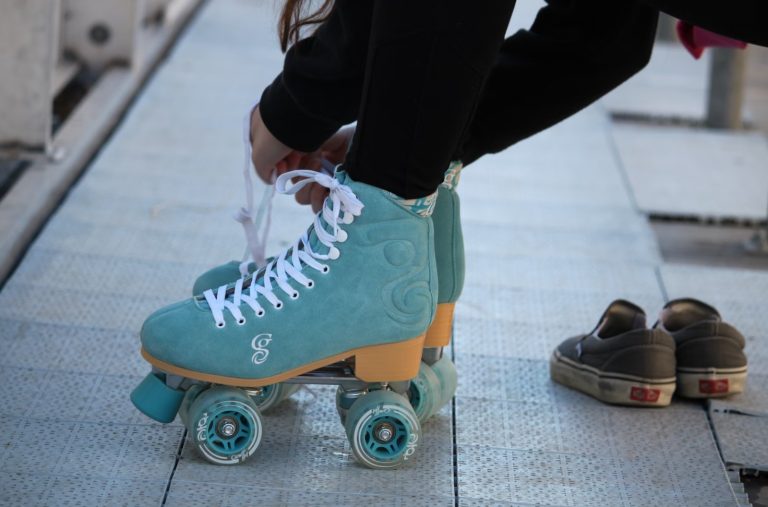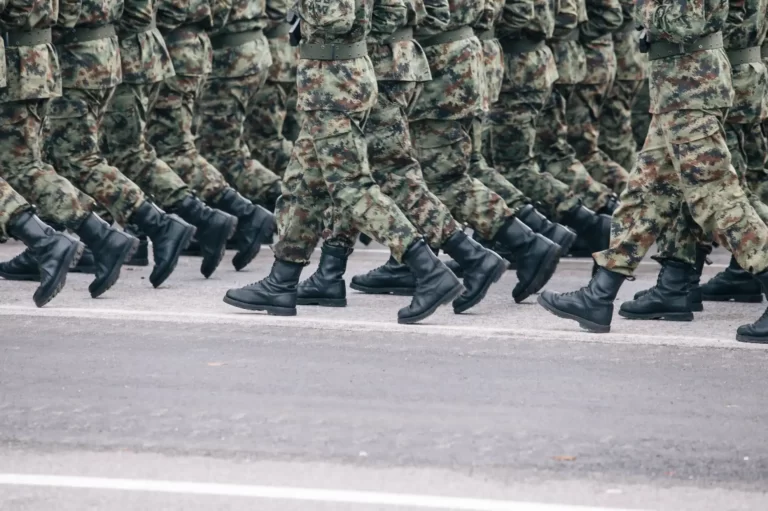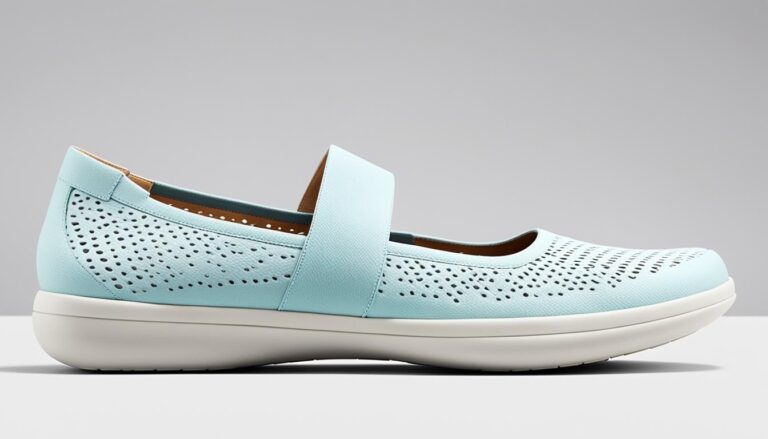Support Your Step: The Best Insoles for Police Boots
Introduction
Police officers spend long hours on their feet patrolling, responding to calls, and performing other physically demanding duties. Having proper insoles in their boots is crucial for comfort and preventing injuries. The right insoles provide cushioning and support to absorb shock, reduce fatigue, and alleviate pain in the feet, knees, hips and back from standing and walking on hard surfaces. They also help stabilize the foot and ankle.
With the grueling demands of the job, an officer’s boots and insoles experience a lot of wear and tear. Replacing flimsy insoles with high quality, durable ones can make a big difference in prolonging the life of boots and keeping feet healthy and pain-free. In a profession where being sidelined with an injury can negatively impact public safety, it’s important for officers to have equipment that enables them to perform at their best. This guide will discuss what to look for in top insoles to withstand the rigors of police work.
Durability
Police officers are on their feet all day, every day. Their boots and insoles endure miles of walking and running on all types of terrain. This constant wear and tear can quickly break down insoles made from flimsy materials. Durability is by far the most important factor for insoles designed for police boots. The insole material needs to be firm and supportive enough to maintain its shape and cushioning over time. Look for insoles made with durable materials like high-density EVA foam, polyurethane, or gel inserts. Compressed fibers and impact-absorbing pads are also useful for handling high-impact activities. Avoid low-density foam or fabric insoles – they will flatten out and degrade too quickly under daily use. The insole should retain its structural integrity and bounce-back even after months of use. A durable insole will continue providing comfort and preventing foot pain throughout long shifts. For police officers, replacing insoles every few months should not be necessary with the right high-quality choice. Prioritize durability above all else when selecting insoles for police footwear.
Cushioning
Cushioning is a critical factor for police boot insoles as officers are on their feet all day and often running, jumping, and landing hard. The insoles need to absorb shock from all the impact to protect joints and prevent injuries over time.
Quality cushioning comes from materials like gel, foam, or air pockets that compress to take in energy and reduce force on the feet and legs. Many insoles use a combination, with gel or foam under the heel for shock absorption and lighter foam under the arch for comfort.
The level of cushioning needed depends on the individual and activities. An officer doing patrol may need plush cushioning for long hours standing. But too soft can create instability, so an active officer doing foot pursuits may prefer firmer cushioning that still takes some edge off. Those with high arches also put more pressure on the heel and ball and need extra shock absorption there.
Overall, the best insoles will have targeted cushioning zones to relieve key pressure points. And they’ll use advanced materials that hold up to heavy use and bounce back after compressing. With quality cushioning, officers can stay comfortable and injury-free during long, demanding shifts.
Arch Support
Proper arch support is crucial for police officers who are on their feet all day. The arches of the feet act as shock absorbers and support the weight of the body. Without adequate arch support, police officers are susceptible to foot conditions like plantar fasciitis, which causes inflammation and pain in the foot arch and heel. Selecting insoles with optimal arch support can help prevent foot fatigue and plantar fasciitis in several ways:
- Stabilizes and supports the arch – Insoles with a contoured shape or built-up arch cradle the natural arch of the foot, preventing it from collapsing and absorbing shock with each step. This reduces strain on the plantar fascia ligament.
- Reduces overpronation – Overpronation is when the foot rolls excessively inward, which can stretch the plantar fascia over time. Arch support realigns the foot into a neutral position.
- Distributes weight evenly – Good arch support disperses weight evenly across the foot, taking pressure off the heel and forefoot. This prevents specific areas from overworking.
- Alleviates pressure points – Supportive insoles cushion pressure points in the foot, like the heel and ball of the foot. This minimizes discomfort.
- Absorbs shock – The arch acts as a natural shock absorber, so reinforcing it with an orthotic insole enhances its ability to absorb impact. This protects joints and muscles.
Selecting insoles with arch support specifically engineered for occupational footwear can make all the difference in preventing foot fatigue and plantar fasciitis. Police officers should consider having their arches evaluated to determine the right amount and type of support needed. Prioritizing arch support will lead to greater comfort and injury prevention on the job.
Moisture Wicking

Police officers spend long hours on their feet, either walking a beat or standing in one position. This can lead to a buildup of sweat and moisture inside boots, which causes discomfort and increases the chance of blisters. That’s why moisture wicking is an important feature to look for when choosing insoles for police boots.
The best insoles will have a moisture wicking top layer that draws sweat away from the foot. This keeps your feet drier and reduces friction that leads to blisters and hot spots. Some materials that provide effective moisture wicking include polyester, nylon mesh, and hydrophobic fabrics treated to repel moisture.
In addition, some insoles have channels or airflow vents built into the design to allow air circulation. This airflow helps evaporate sweat and prevents a damp environment inside the boots.
Keeping feet dry means officers can focus on the job at hand rather than being distracted by wet, uncomfortable feet. Blister prevention also reduces the chance of call outs due to foot injuries. Considering the demands of the work, moisture wicking should be a priority when selecting new insoles for police boots. Look for materials like polyester or mesh that actively draw moisture away from the foot. Ventilation channels are another useful feature that promotes airflow and evaporation inside the boot. With the right insoles, officers can stay dry and blister-free even during long shifts on their feet.
Odor Control

Police officers spend long hours on their feet, and sweating in boots can lead to unpleasant foot odor. Choosing insoles with odor control technologies can help reduce foot odor.
Many insoles now include antimicrobial treatments or use antimicrobial materials to inhibit bacterial growth and prevent odors. Activated charcoal is also commonly used to absorb moisture and odors. Some other features that can help with odor control include:
- Breathable materials like mesh that allow airflow and ventilation
- Moisture-wicking fabrics that draw sweat away from the foot
- Removable insoles that can be taken out and washed or replaced
- Odor neutralizing technologies that destroy odor-causing bacteria
- Lightweight cushioning that reduces heat buildup and sweat
Look for insoles specifically designed for odor control when foot odor is a concern. Wicking away moisture and allowing the foot to breathe are key for police officers who are on their feet all day. An antimicrobial treatment will also inhibit bacterial growth that causes odors. With the right insoles, officers can stay comfortable and odor-free even during long shifts.
Antimicrobial
Police officers spend long hours on their feet, sweating in their boots as they walk the beat or stand for extended periods. This warm, moist environment creates an ideal breeding ground for bacteria, fungi, and odor-causing microbes. That’s why choosing insoles with antimicrobial properties is a smart idea for any officer.

Antimicrobial technologies work to inhibit the growth of microbes and prevent the buildup of bacteria inside boots. Silver ions are a common antimicrobial additive, as silver naturally kills many types of bacteria and fungi. Some insoles also use activated carbon, tea tree oil, or other natural antimicrobial ingredients.
By preventing microbial growth, antimicrobial insoles help control foot odor. This keeps boots and feet smelling fresher for longer. Antimicrobial properties also reduce the risk of fungal infections like athlete’s foot – a common problem for officers on their feet all day.
So when comparing insoles, look for ones with silver, activated carbon, or other antimicrobial technologies. Keeping microbes at bay will lead to healthier, happier feet.
Orthotic Options
When choosing orthotic insoles for police boots, officers have two main options – custom-made vs. off-the-shelf.
Custom orthotics are made specifically for the individual’s feet by a podiatrist or orthotist. They require a casting of the feet to create a mold, which is then used to produce the custom insole. The benefit is the orthotic is tailored precisely to the officer’s foot structure and needs. This provides maximum support and relief for foot issues. Custom orthotics are often covered by police medical insurance plans. The downside is they require an appointment for casting, must be ordered and made, and are more expensive.
Off-the-shelf orthotics provide arch support and cushioning in a pre-made, ready-to-wear insole. These are easily purchased at medical supply stores, pharmacies, or online without a prescription. They offer general support and pain relief, but are not customized. Off-the-shelf orthotics are affordable and convenient, but may not address specific foot problems as well as custom. Officers with ongoing foot pain or injuries may require custom orthotics.
When debating custom vs off-the-shelf orthotics, officers should consider their specific needs, foot issues, insurance coverage, and budget. For moderate foot pain or basic arch support, off-the-shelf is likely sufficient. Those with chronic pain or foot injuries may benefit more from custom-made orthotics tailored to their feet. Discussing options with a podiatrist can help officers make the best decision.
Top 5 Best Insoles for Police Boots
When it comes to finding the best insoles for police boots, there are a few top brands that stand out for their quality and performance.
Roaming Feet
Roaming Feet offers a wide range of insoles designed specifically for uniformed professionals like police officers. Their insoles provide excellent arch support and impact absorption thanks to the deep heel cup and shape. Models like the Roaming Feet ComfortMax provide anti-fatigue comfort and odor control.
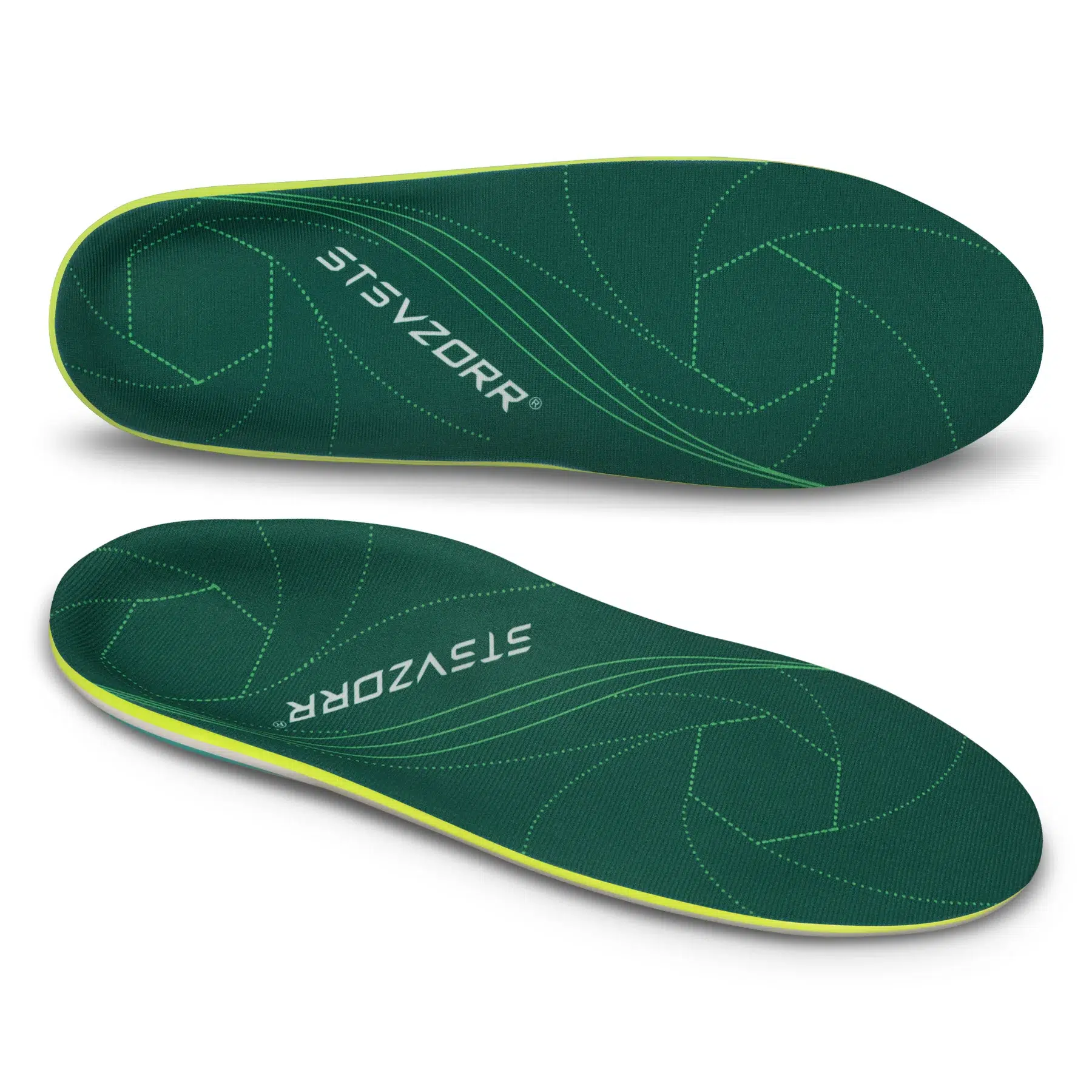
Spenco
Spenco is another leading brand trusted by police and military personnel. Their insoles feature advanced arch support, deep heel cups, and metatarsal domes to align the foot. The Spenco Polysorb Cross Trainer insoles absorb shock and control odors.

Sof Sole
Sof Sole specializes in athletic and work insoles. Their Police and Military insoles provide arch support and impact absorption ideal for long hours on your feet. They also have a moisture-wicking top layer and antimicrobial treatment to stop odors.

Dr. Scholl’s
Dr. Scholl’s is a household name in foot care and offers several insoles designed for work boots. The Dr. Scholl’s Work Massaging Gel Advanced Insoles provide cushioning and relief for plantar fasciitis. Their other work insoles absorb shock and reduce muscle fatigue.
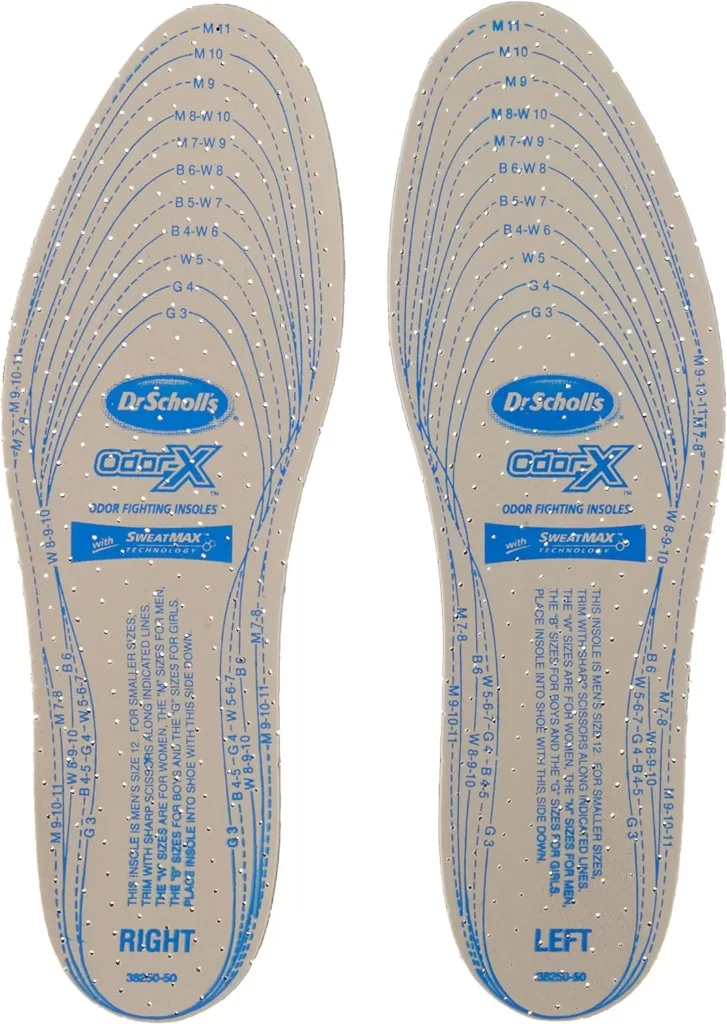
When selecting insoles for police boots, be sure to consider your specific needs in terms of arch type, cushioning, and foot conditions. The brands above all cater to the demands of police work. Look for features like odor control, moisture-wicking, and anti-fatigue technology for the best comfort and support during long shifts. Proper insoles can make all the difference in foot pain and fatigue.
Conclusion
When choosing the best insoles for police boots, the most important factors to consider are durability, cushioning, arch support, moisture wicking, odor control, and antimicrobial properties.
Police officers are on their feet all day, often in high stress situations, so their insoles need to be extremely durable and comfortable. Look for insoles made of high-quality materials that won’t compress or lose their shape over time. Cushioning is also key to reduce foot fatigue and joint pain. The best insoles will have thick cushioning in the heel and forefoot.
Proper arch support is another essential feature for police insoles. The arch supports the foot’s structure and prevents overpronation. Make sure to choose an insole that matches your arch type. In addition, moisture-wicking materials will keep feet dry and blister-free. Odor control and antimicrobial properties are also useful to combat sweat and bacteria buildup.
By selecting insoles designed specifically for police boots that offer cushioning, support, moisture management, and durability, officers can stay comfortable and focused while on duty. Prioritizing these key factors will lead to the best insole choice for demanding police work.


